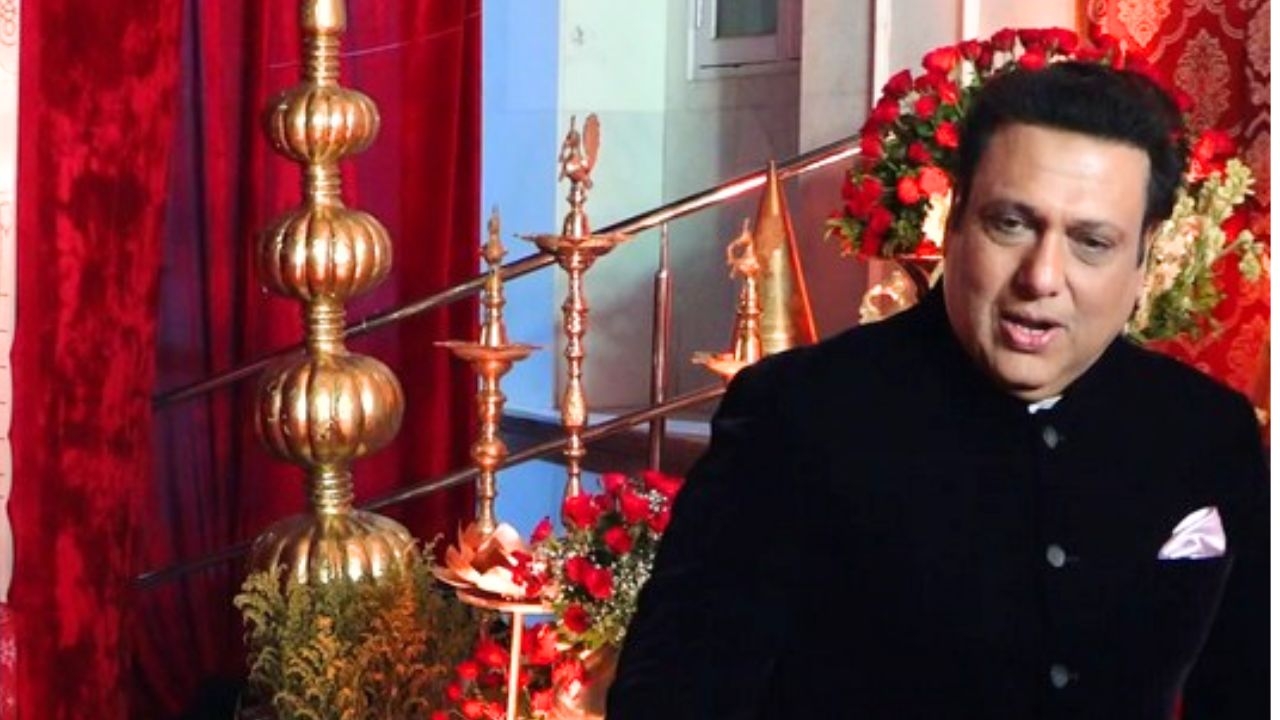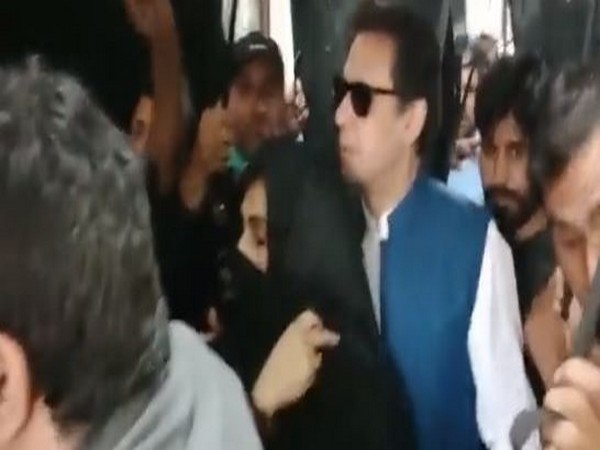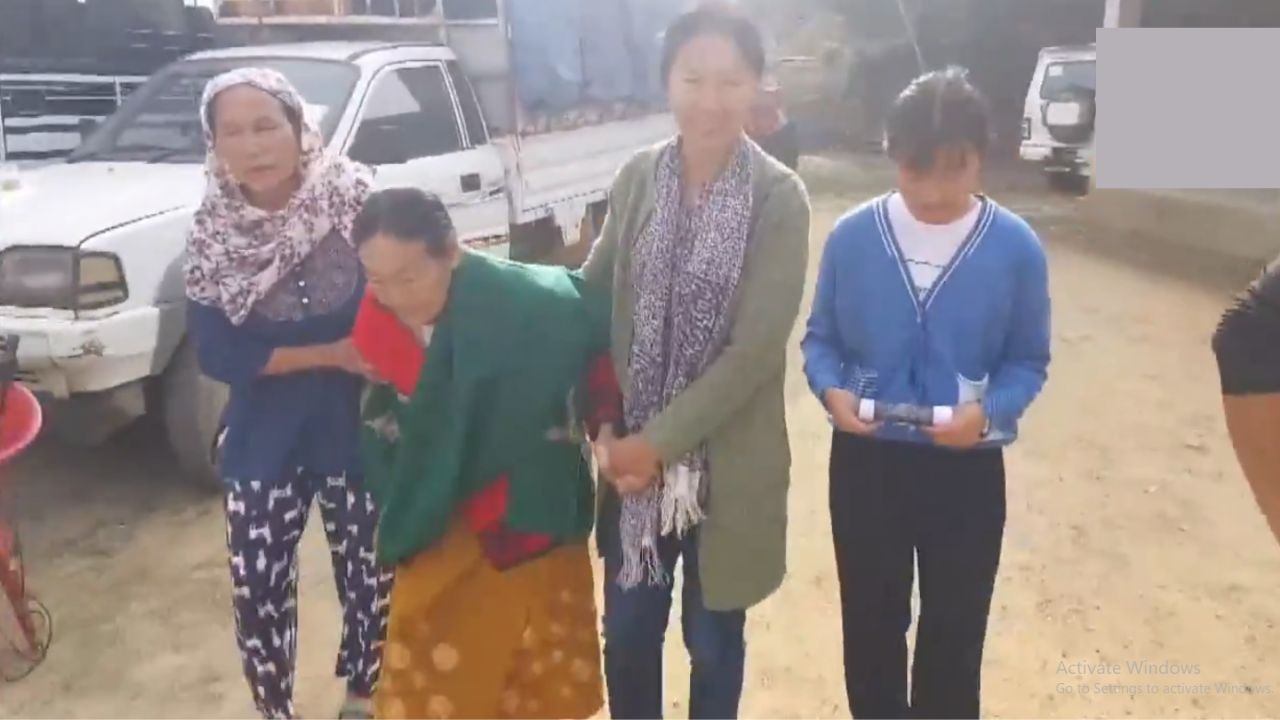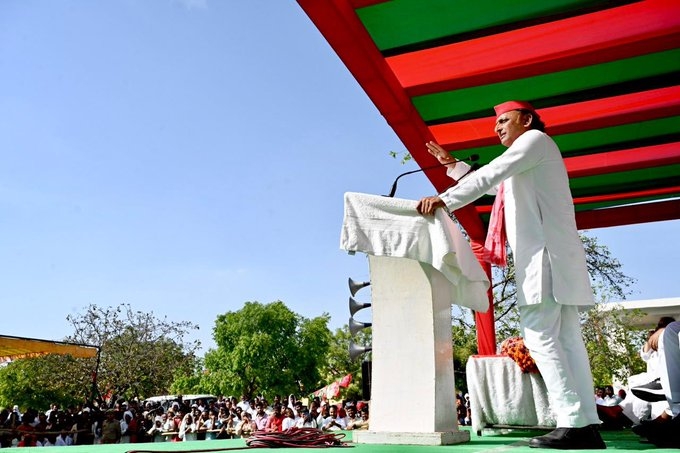View from the ground: Why we may never know truth about Murthal 'rapes'
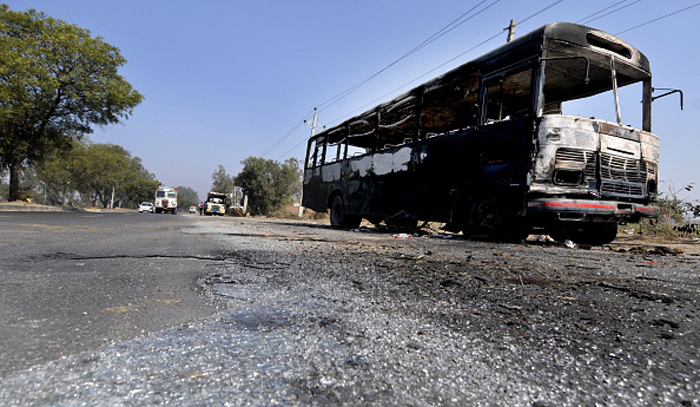
The incident
- Women were allegedly raped at Murthal on the night of 23 February
- Now, many are denying the incident. Here\'s a view from the ground
Crime scene
- Women\'s clothes were found strewn on the fields approaching Hassanpur village
- People in Hassanpur and Kurad-Ibrahimpur were largely hostile
More in the story
- What other evidence was found?
- How witnesses have gone back on their comments
- Will the truth ever come out?
On Sunday morning, I travelled to Murthal with an activist connected to an NGO to try and find out what really happened on NH 1 in the wee hours of 23 February. The story that was initially broken by The Tribune was sought to be brushed under the carpet with the 4 witnesses identified in the report later denying the incident.
An RTI activist, PP Kapoor, also quotes 4 witnesses telling him what happened, though they stopped short of the word "rape". Later, a few truck drivers came forward to give statements on camera that they saw women being stopped on the highway, being stripped of their clothes and taken to the fields. The drivers have been identified as Sukhwinder Singh, Yadwender Singh and Niranjan Singh.
Also read - All-woman police team to investigate Murthal mass rape
Crime scene

Photo: Anand Kochukudy
The media have been camping outside Amrik Sukhdev Dhaba on the highway just opposite the road that takes you to Hassanpur village. The women's clothes and inner wear were found strewn around the fields and bushes leading up to the village.
The owner of the eatery, running the establishment with his brothers, hails from nearby Sonepat. He had initially given spoken about the incident to the media but he has now withdrawn his comments, possibly because of pressure from locals.
We observed that unlike what we saw a couple of days back on the highway, the incinerated vehicles could not be seen anywhere and had been taken to the police station premises. We also noticed that an Army tent was erected right next to where the media had parked themselves after angry villagers had an exchange with some of the reporters for showing their villages in "poor light" and "for defaming the people of the area".
Our first stop was village Hassanpur, where we tried speaking to as many people as we could. We were in for a hostile reception, as we had anticipated. The people gave identical replies to our questions.
On the way back, we also spent some in the fields and bushes from where the undergarments of women were recovered We also came across a lady journalist from France accompanying an all woman team from a prominent English magazine surveying the area.
People refuse to speak up
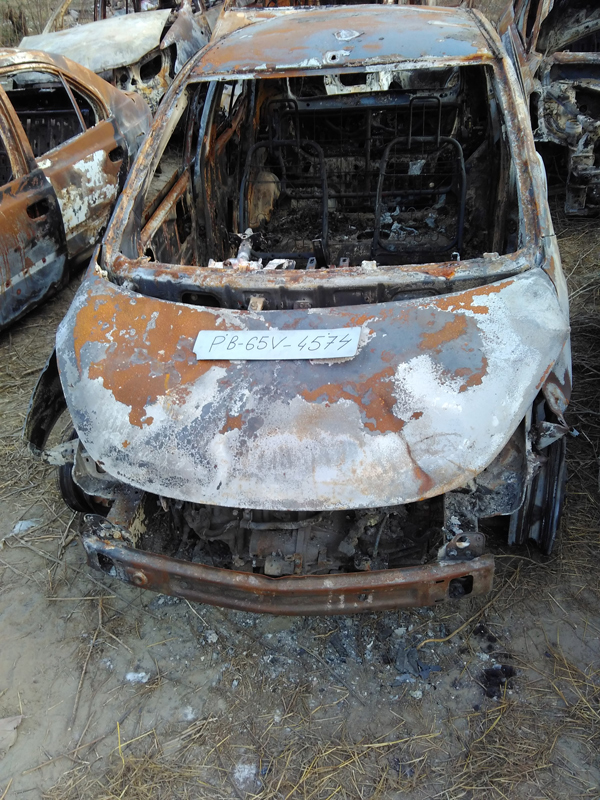
Photo: Anand Kochukudy
Our next destination was village Kurad-Ibrahimpur, and we experienced the same frostiness there. A group of men playing cards under a tree wanted to know who we were and what we were doing there. We spoke to whoever we could but sensed the people getting increasingly restless and rude.
The replies, as in the previous case, were predictable and scripted. We left the village and proceeded to interact with the staff and owners of as many eateries as we could in that one kilometre stretch choc-a-bloc with dhabas. People were not forthcoming and some of them bluntly replied that they would rather concentrate on their businesses rather than jeopardise their "rozi-roti".
Next, we went to the police station where we filmed the gutted cars collected from the highway and dumped behind the premises. When we asked them about the garments recovered, they told us that they have been sent for forensic examination by the SIT, constituted by the CM after the High Court took suo motu cognisance of the media reports and ordered an enquiry, comprising DIG Rajshree Singh and DSPs Bharti Dabas and Surinder Kaur. We were also told that the SIT had questioned the truck drivers in the presence of a magistrate to record their statement.
We realised that the case would die down in the coming days if no victims came forward. We also stopped at the International Institute of Technology and Management, which had been attacked by the agitators. Part of the main building had been charred and we also saw torched vehicles in the campus. We were specifically told not to film the campus. With mobile Internet not yet restored in the state, communication was becoming a challenge.
Throughout the day, no developments were reported and as we interacted with media people outside Sukhdev dhaba, we were told that the DIG Rajshree Singh was on her way to Delhi to meet a victim who had come forward to speak to the police. That story developed late in the evening when the DIG spoke to the media. There were discrepancies in this particular victim's claims as she is supposed to have stated that the perpetrators were known to her, including her brother-in-law.
As we were on our way back and rewound the day, we were quite certain that something horrible had taken place in the intervening night of 22 and 23 February that might never fully come out in the public domain.
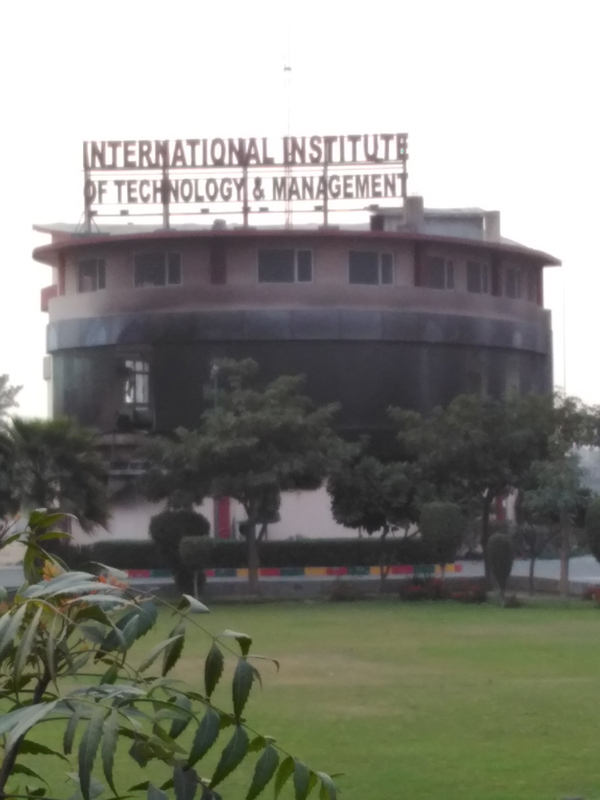
Photo: Anand Kochukudy
More in Catch - Bad to worse: alleged #MurthalRapes put Haryana govt in a bind
Police deny any rape incidents during Jat protest, HC takes cognizance
First published: 29 February 2016, 8:29 IST
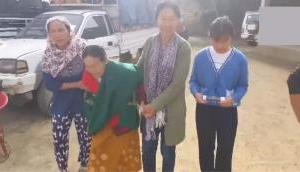
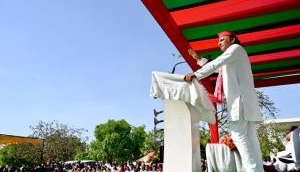
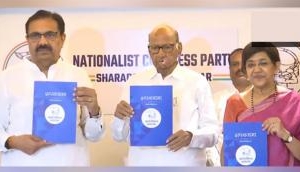
_251372_300x172.jpg)
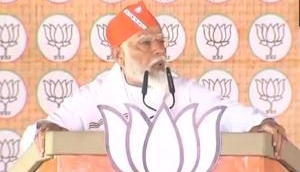
![BJP's Kapil Mishra recreates Shankar Mahadevan’s ‘Breathless’ song to highlight Delhi pollution [WATCH] BJP's Kapil Mishra recreates Shankar Mahadevan’s ‘Breathless’ song to highlight Delhi pollution [WATCH]](http://images.catchnews.com/upload/2022/11/03/kapil-mishra_240884_300x172.png)

![Anupam Kher shares pictures of his toned body on 67th birthday [MUST SEE] Anupam Kher shares pictures of his toned body on 67th birthday [MUST SEE]](http://images.catchnews.com/upload/2022/03/07/Anupam_kher_231145_300x172.jpg)


